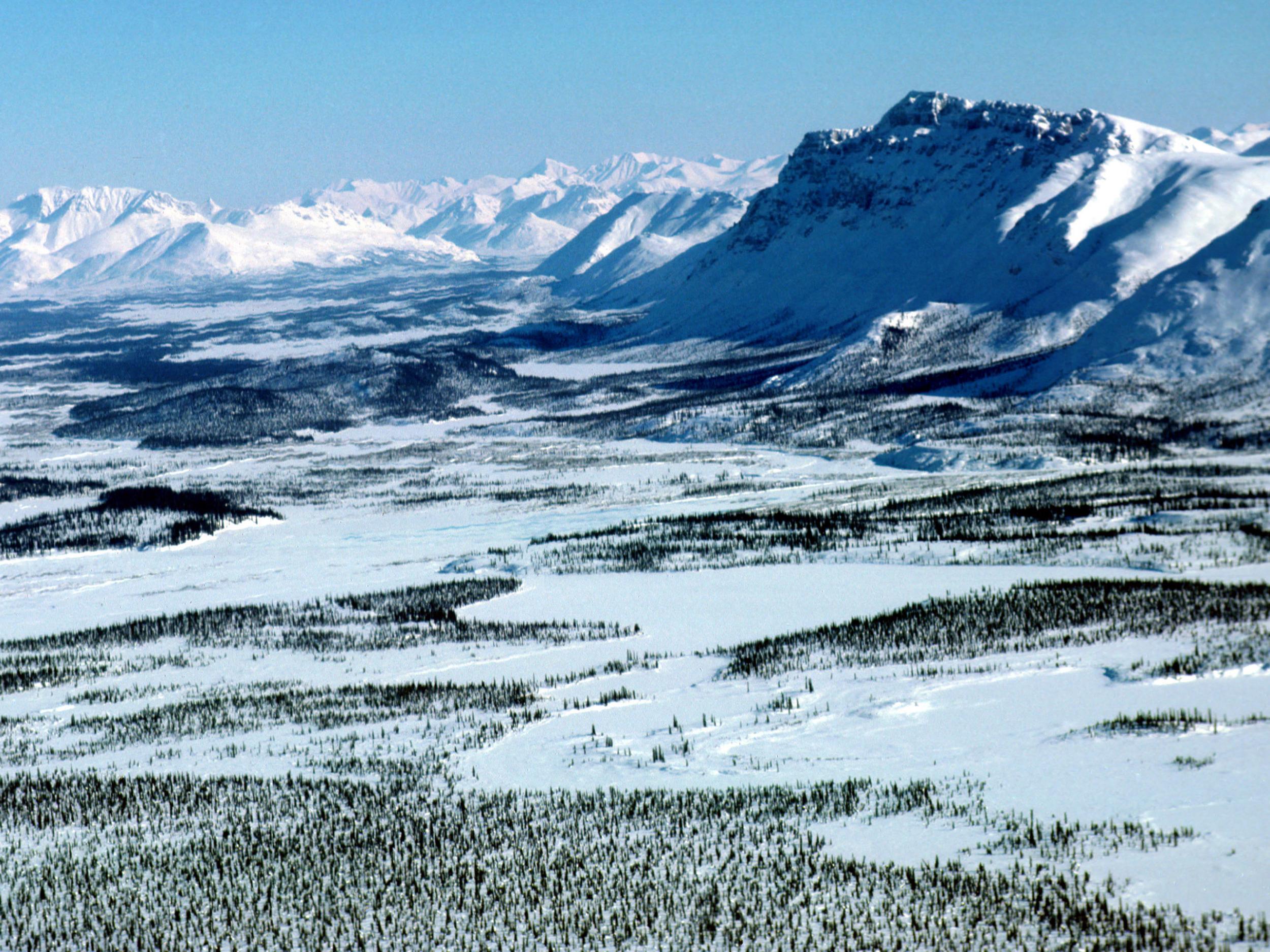Arctic global warming so rapid that computer measuring it rejected the results
Algorithm meant to be triggered if there is a fault in Alaskan recording equipment stops temperature recording because measurements were too high

Your support helps us to tell the story
From reproductive rights to climate change to Big Tech, The Independent is on the ground when the story is developing. Whether it's investigating the financials of Elon Musk's pro-Trump PAC or producing our latest documentary, 'The A Word', which shines a light on the American women fighting for reproductive rights, we know how important it is to parse out the facts from the messaging.
At such a critical moment in US history, we need reporters on the ground. Your donation allows us to keep sending journalists to speak to both sides of the story.
The Independent is trusted by Americans across the entire political spectrum. And unlike many other quality news outlets, we choose not to lock Americans out of our reporting and analysis with paywalls. We believe quality journalism should be available to everyone, paid for by those who can afford it.
Your support makes all the difference.Climate change in the Arctic has “outrun” a computer designed to measure it.
So rapid was the temperature change at a weather station in Alaska, the computer analysing the data detected an error and stopped recording the correct temperature.
In a blog post, US National Oceanic and Atmospheric Administration (NOAA) climate scientist Dr Deke Arndt explained the recent incident, referring to it as “an ironic exclamation point to swift regional climate change in and near the Arctic”.
The weather station is located in Utqiaġvik, the most northerly town in the US.
Low levels of sea ice in the region caused the air temperatures to rise quickly.
The computers NOAA use to automatically record climate data have in-built algorithms that ensure the information they record is accurate.
This algorithm is meant to be triggered if the instruments measuring temperatures are damaged, or if there is an artificial change in the environment surrounding them.
In this case, the temperature change was such a shock to the system that the computer “disqualified itself” from the Alaskan temperature analysis.
This left northern Alaska “analysed a little cooler than it really was”, wrote Dr Arndt.
The data from the station was missing for all of 2017, and the last few months of 2016.
“In this case, instead of a station move, or urban sprawl, or an equipment change, it was actually very real climate change that changed the environment, by erasing a lot of the sea ice that used to hang out nearby,” wrote Dr Arndt.
The Arctic is warming at twice the rate of the global average, meaning the effects of climate change are felt particularly keenly in polar regions.
This was laid out in NOAA’s recent Arctic Report Card, which among other things documented the lowest ever measurements for maximum winter sea ice area that were recorded this year.
In the coming months, Dr Arndt and his colleagues will work to restore the lost Alaskan data, so it can contribute to understanding the extreme climate change in the region.
Join our commenting forum
Join thought-provoking conversations, follow other Independent readers and see their replies
Comments